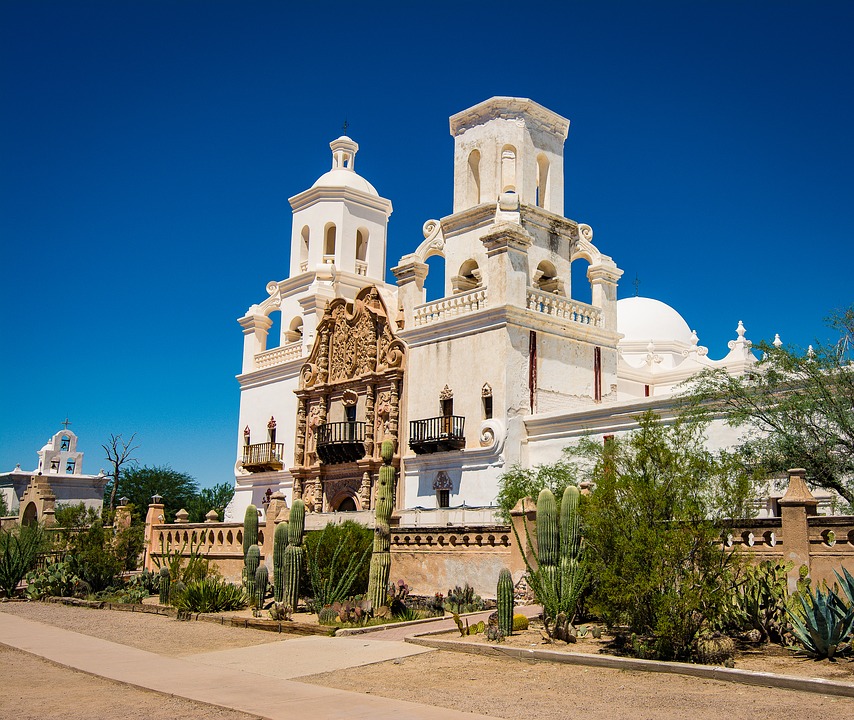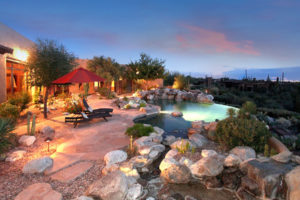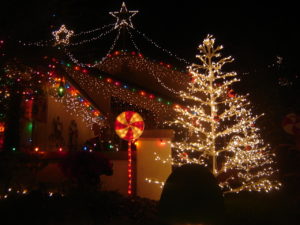The Tucson of today is a thriving and bustling area with plenty to see and do no matter where you live around the city. Over the past few decades, the residential community of Tucson has spiked in popularity because of all that it offers. The art and music scenes in the city are growing larger with each passing day, while the local parks, hiking trails, and recreational opportunities ensure that residents of Tucson are able to stay fit and healthy by living an active lifestyle.
Whether you purchase a home in the city or a luxury property within the Catalina Foothills around Tucson, there are a wide array of different types of homes available for you to purchase when you’re searching for a luxury community to live in. These single-family homes include ranch-style properties, estate homes, and mansions, most of which provide luxurious amenities and vast lots. Once you’ve purchased a home in Tucson, you’ll likely notice that the city is very close to Phoenix and other major cities like Scottsdale, Mesa, and Chandler. If you’re interested in moving to the city of Tucson or have lived there your entire life, the history of Tucson is an exciting one with numerous twists and turns along the way, all of which are detailed in the following article!
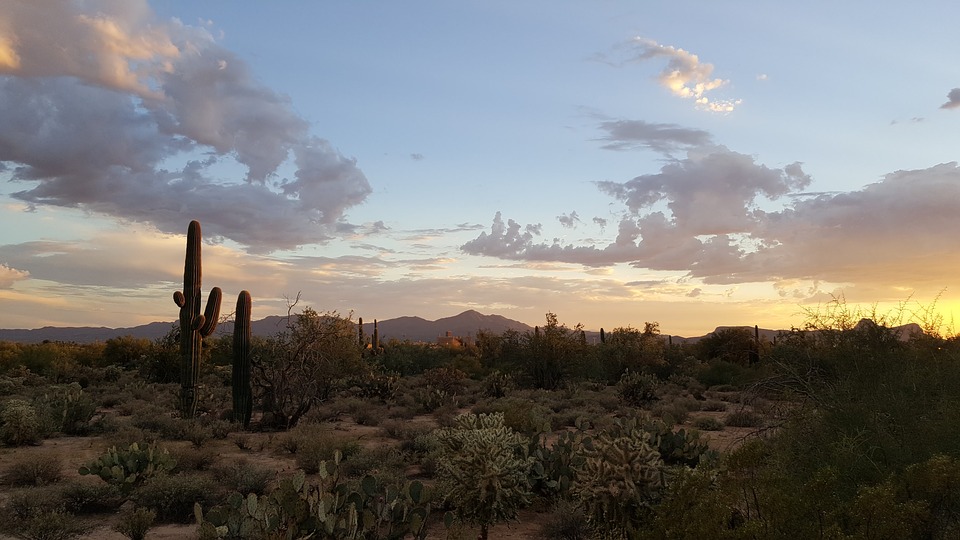
How Tucson Began
While Tucson is now a thriving and bustling city that’s home to spectacular shopping centers and entertainment venues, the land that’s now called Tucson began many years ago — believed to be around 10,000 BC. At this time, large numbers of Paleo-Indians resided on this land while hunting and planting numerous types of crops. From the years of AD 500-1,500, the prehistoric Hohokam society of Indians turned much of Tucson into a complex agricultural society.
Native American Period
It’s known that Paleo-Indians first visited and settled into Southern Arizona around 10,000 BC or somewhat earlier. Recent excavations that have occurred around the Santa Cruz River discovered a village site that dated all the way back to 2,100 BC. Because of the ideal location of the Santa Cruz River, much of Tucson was farmed extensively throughout the Early Agricultural Period that lasted from around 1,200 BC to AD 150. The Indians who farmed in this area created irrigation canals while also growing beans, corn, and a variety of other useful crops.
From around AD 500-1,500, the area was represented by the Hohokam society, which refers to groups of people who followed a very distinct culture. The individuals who lived in this area were known for building some of the most complex and lengthy irrigation systems in the region as well as pottery that had a red-on-brown motif. This land changed very little until the end of the 17th century, which was marked by the arrival of a Jesuit missionary known as Eusebio Francisco Kino in 1692. Eight years later, he founded the historic Mission San Xavier del Bac, which is regarded to this day as a top destination to visit for anyone who’s interested in the history of the city. While this settlement was created upstream from Tucson, an entirely separate settlement was soon founded downstream of the Santa Cruz River right around Sentinel Peak.
In 1775, a military general of Mexico named Hugo O’Conor ordered the construction of a fort that became known as Presidio San Agustín del Tucsón, which is considered to be the founding structure of the city of Tucson. As such, O’Conor is thought of as the founding father of Tucson. While the Spanish held this fortress, several large-scale battles occurred around it, which includes the Second Battle of Tucson.
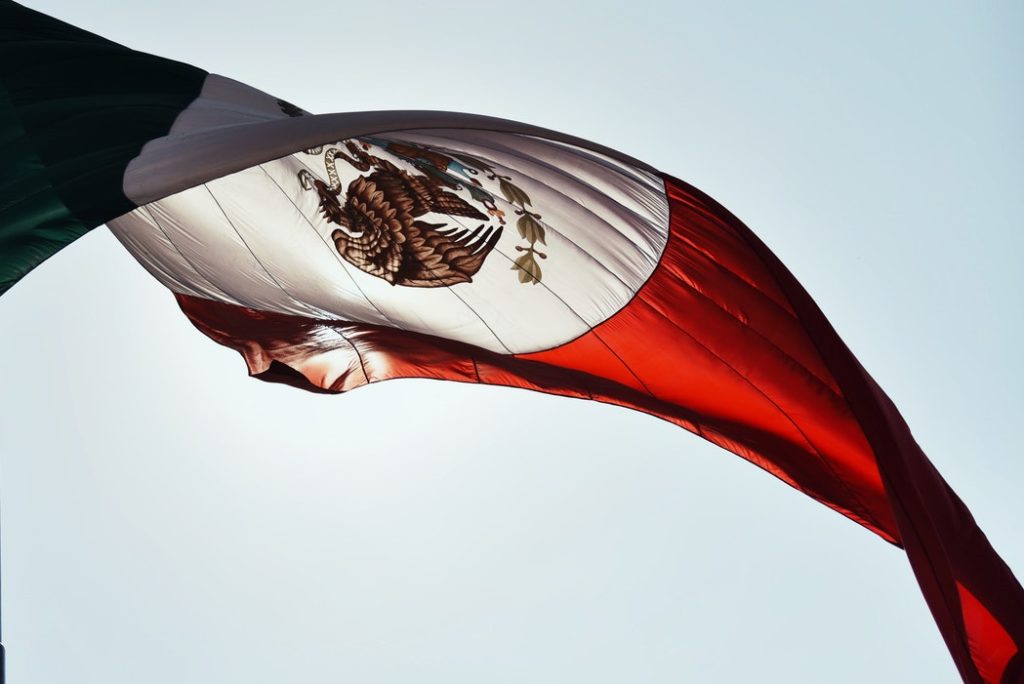
Tucson During the 1800’s
More substantial changes to Tucson occurred in 1821 when Mexico gained independence from Spain. At that time, the Mexican state borders extended far enough north to include the town that was now known as Tucson. A little over 30 years later in 1853, the United States acquired a relatively small strip of land from Mexico that included Tucson. This land was eventually used for the construction of a transcontinental railroad in the deep south.
When the Civil War started in 1861, Tucson immediately began to go through an ample amount of changes. For instance, cavalry alongside a Lt. Colonel John Baylor would conquer a portion of the New Mexico territory in the first year of the Civil War, which included locations like Tucson and Mesilla. Once the land was conquered, a Confederate Arizona Territory was proclaimed and created by Baylor. Over the next two years, several battles would be waged in and around the land of Tucson for control of the Confederate Arizona Territory. A force of Union soldiers referred to as the California Column would eventually capture the land towards the end of 1862.
While Arizona and Tucson continued to be part of the New Mexico territory until 1863, the Territory of Arizona was officially created early that year. The University of Arizona would be founded within Tucson in 1885. During the late 19th century and turn of the 20th century, Tucson existed as the largest city in Arizona as well as the railroad and commercial center of the territory. While Tucson would eventually be surpassed in these areas by Phoenix, the city of Tucson has displayed some of the highest growth rates across the U.S!
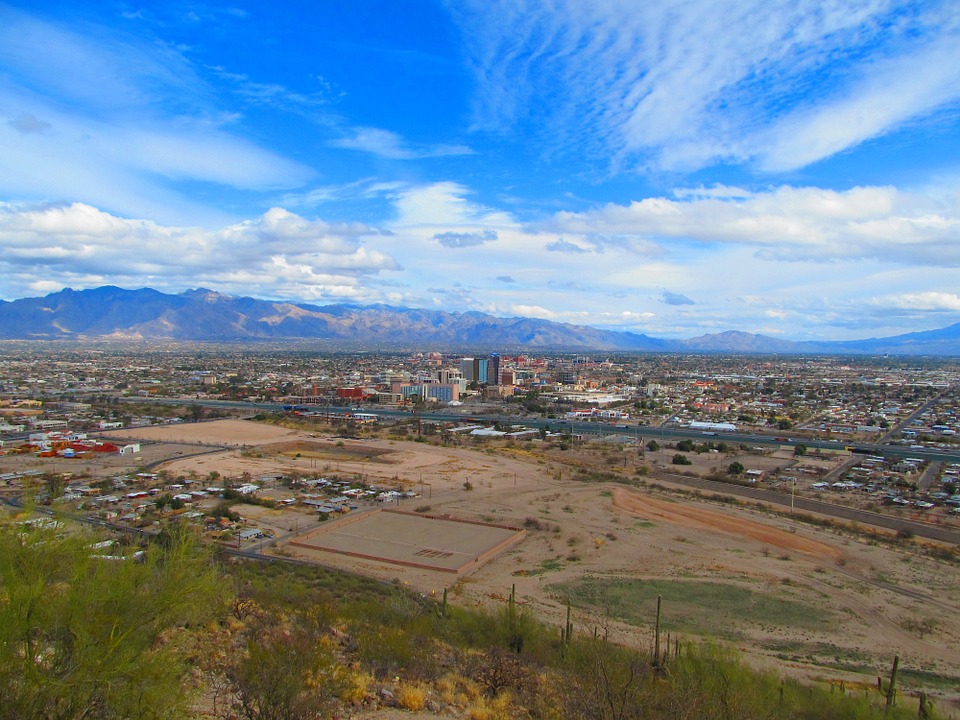
The Modern Period
The first years of the 20th century saw numerous advancements throughout Tucson and the surrounding areas in Arizona, which was due in large part to Arizona being named the 48th state in 1912. Around 1900, just over 7,500 people lived in Tucson, which grew to a population of nearly 40,000 residents by 1940. As of today, the population of Tucson is just over 535,000. In 1928, a Veterans Administration Hospital was created to provide care for veterans living in Tucson and throughout Arizona. Many veterans who suffered from TB or were exposed to gasses in World War 1 came to Tucson due to the clean and relatively dry air in the city, which assisted with their respiratory therapy.
Among the most notable events in the early 20th century in Tucson was the arrest of John Dillinger and several other members of the Dillinger gang in 1934. At the time, all five of these individuals were ranked in the top six of the FBI’s Public Enemy list.
Throughout World War II, several Mexican-American community organizations throughout Tucson were active in supporting the American troops who were fighting abroad. The aid that they provided was given materially and through moral support. The years following WWII marked the largest growth spurt in Tucson wherein the population grew five-fold. The deployment of thousands of troops to the Davis-Monthan Air Force Base and several additional bases around Tucson certainly helped with the population boost.
The highly popular Arizona-Sonora Desert Museum first opened its doors in 1952 and has remained a local favorite ever since.
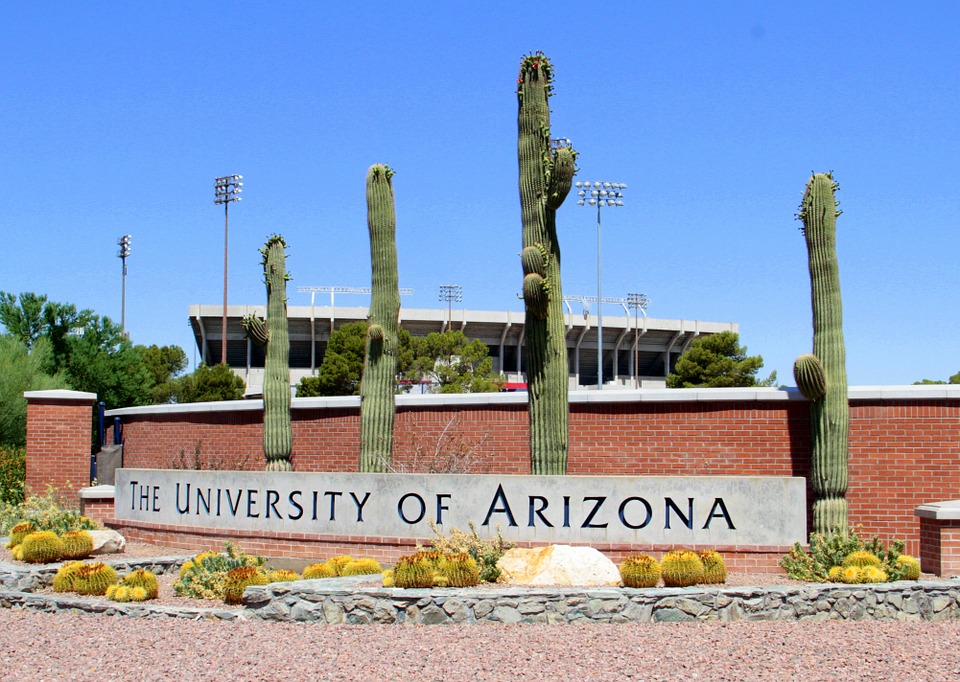
How Tucson Transformed Into a Modern Metropolis
The conversion of Tucson from a popular city in Arizona to a modern metropolis began in 1967 with the bulldozing of 29 city blocks. The clearing of this area made room for the creation of destinations like the Leo Rich Theater, the Music Hall, the Tucson Convention Center, and an ample amount of parking space. Just 13 years later, the population of the Tucson metropolitan area reached a staggering 531,000. Another surge occurred in 1992 with the arrival of the Central Arizona Project water from the Colorado River.
Among the top reasons for the current popularity is because of all of the changes that occurred in Downtown Tucson in the 80’s and 90’s. Many residents of the city worked to keep the area relevant and popular even after attention shifted away from the place after WWII. These efforts were rewarded with a surge of investment at the dawn of the 21st century, which has helped to create an urban renaissance throughout Downtown Tucson.
For the city as a whole, the investments of the early 200’s led to the city experiencing substantial growth before the Great Recession of 2008 and 2009. Immediately after the recession ended, Tucson began to grow again at a rapid pace that has outdone most cities across the country. This growth has yet to let up in the years since, which is evident by the current population throughout the Tucson metropolitan area of more than one million.
While the downtown area of Tucson has become a perfect destination for anyone who wishes to spend the day shopping, dining with friends, or catching a movie, the edges of Tucson have also spiked in popularity, which is evident by the large number of luxury communities that have developed in Tucson as well as the Catalina Foothills. Because Tucson is surrounded on several sides by mountains and foothills, the city has proven to be a fantastic place for prospective homeowners who are searching for luxury amidst serenity and beauty. Many of the luxury communities in Tucson are surrounded by trees, golf courses, and open plains, which allows residents of city to get the best of urban and rural life in one location.
Conclusion
As one of the oldest continually-inhabited areas in North American, Tucson is a city that’s always been a popular destination in Arizona. Even in the days of the Paleo-Indians, Tucson was a great place to live because of its agricultural importance. Today, Tucson exists as a thriving luxury community that provides residents and visitors alike with everything they’re searching for. From the delectable restaurants and unforgettable art galleries to the sprawling mountains and intricate hiking trails, Tucson has become an ideal destination for prospective homeowners!


